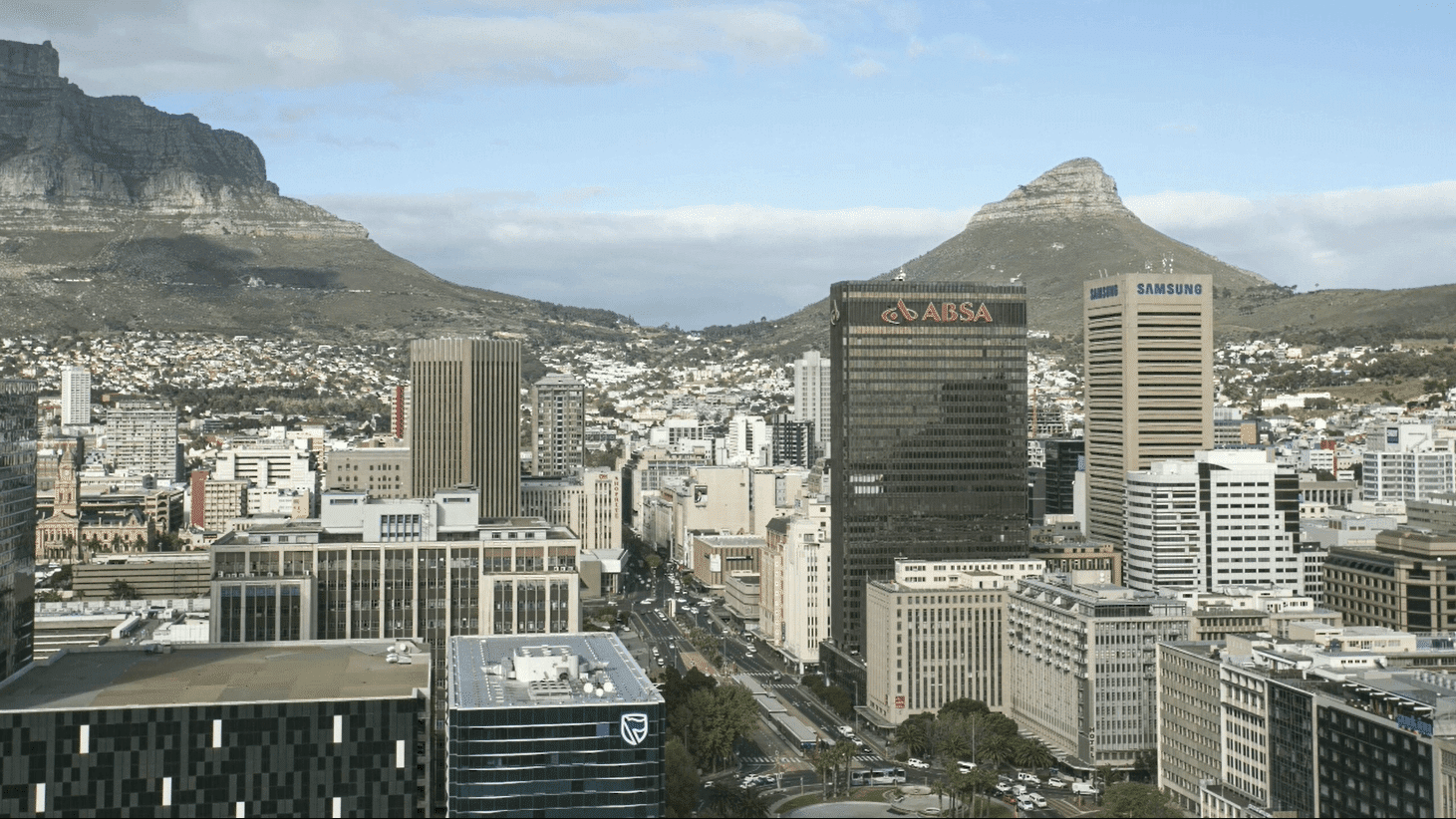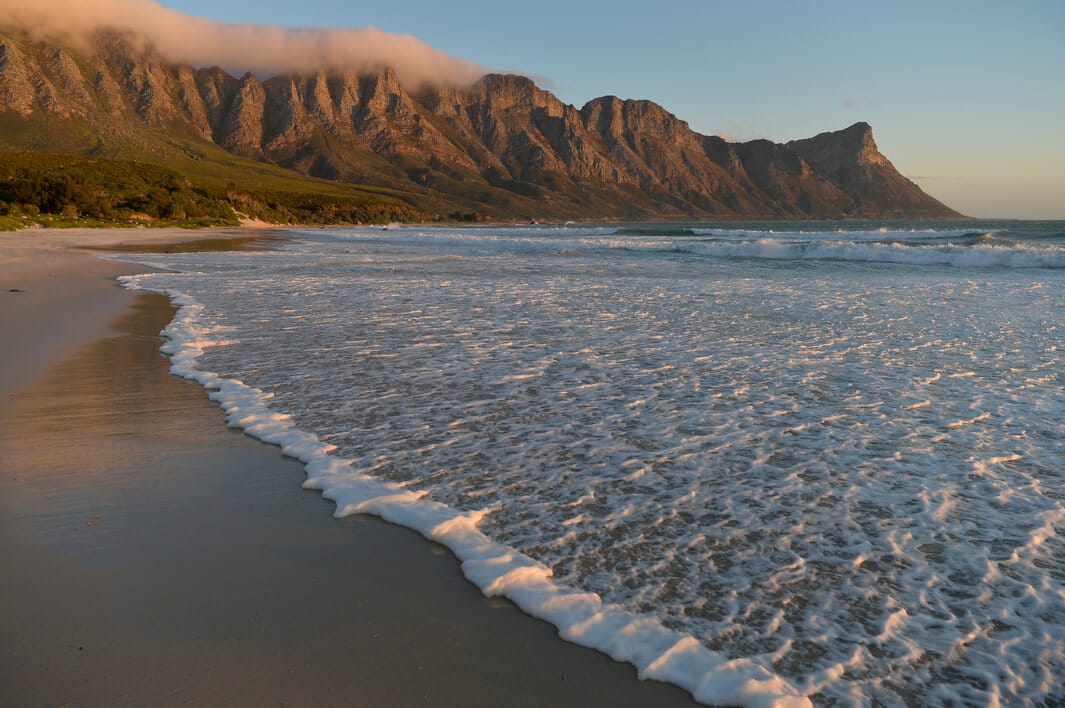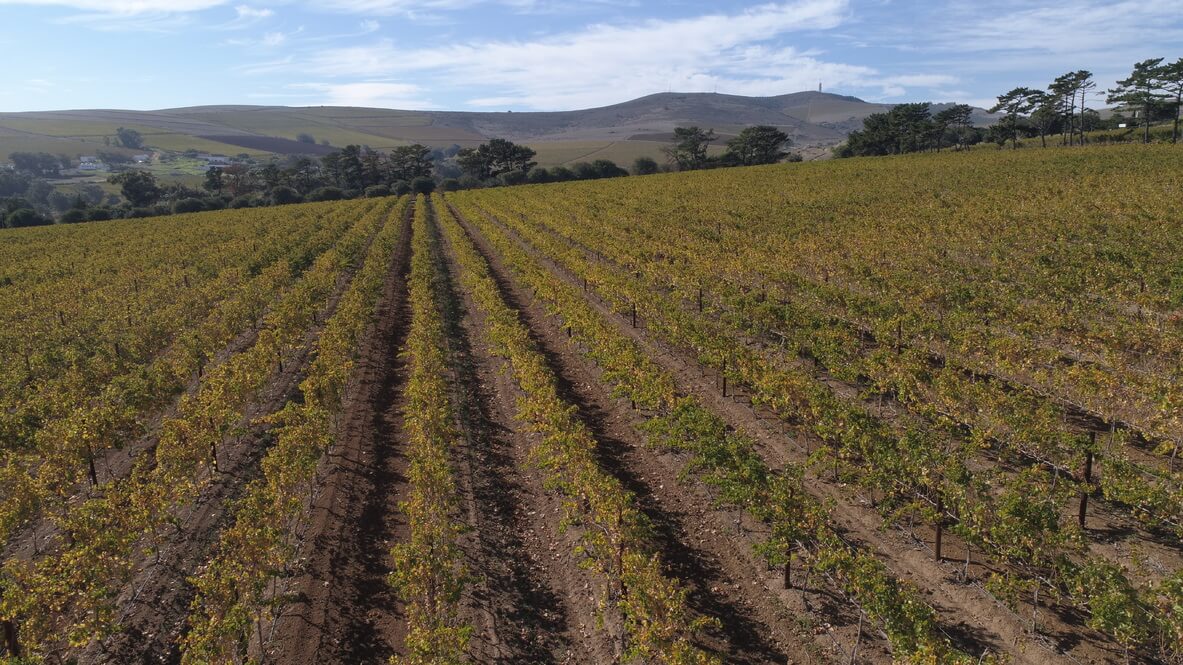We’ve compiled 10 lesser known facts about Cape Town
23 September 2020
Ask any Capetonian: “Which city is the most patriotic in South Africa?” and they would easily say this one! Although most citizens of our lovely city believe they have icy table mountain water running through their veins, we thought it would be fun to unpack some lesser-known facts about the Mother City for Heritage day, celebrated on 24 September.
Adderley street
Not just a traffic-filled city street, Adderley street traces back to the beginning of the Cape. Originally named Heerengracht street, this was one of the original “Grachts” or water channels built by the Dutch. Originally just a walking street, most of the water channel was covered with a wooden walk-way. In 1850 the street was renamed “Adderley” street after a British parliamentarian called Charles Adderley, he became famous due to the fact that the British Empire sent some of its Prisoners to the Cape, and we refused to let the prisoners off the ship, which ensured no future fugitives could either. Mr Adderley managed to go to England and stop Cape Town from becoming a penal colony and was rewarded with the name of one of our main streets. Capetonians are no doubt thankful for this man’s work.

Hey my “China”
A common name for a friend in our country, many people say it and have no idea where it comes from. The history of this strange name for a friend comes from Cockney rhyming slang brought to South Africa by the British. How it works is, “China plate” rhymes with “Mate” so you call your friend your “China”.
Robinson dry dock
The V&A Waterfront might be the busiest tourist attraction in Africa, but it also has some hidden gems for locals to learn and discover. The Robinson dry dock is the oldest operating dry dock of its kind in the world. Originally built in 1882, this was one of the first sites in the entire country to get electricity. The pump-house which needed this electricity to pump out all the water to repair ships is actually the Cape Town Comedy Club today.
“The fairest Cape of them all”
Around 1580 Cape Town had a very famous visitor, Sir Francis Drake. He was circumnavigating the globe at the time on a 3-year sailing journey trying to escape a Spanish fleet who were chasing him down. He was quoted as saying “ This is the fairest Cape of them all.” He must have arrived on a great weather day, but nonetheless for someone who had sailed the entire world, this is one quote to cherish!

A lesser-known surfer of the Cape
South Africa became the first country outside of Europe to have “blue flag” beaches in 2001. Today it boasts more than 60. Not just some modern phenomena, people have been coming to this beautiful Southern tip of Africa for beaches and surfing for decades. One of the most famous surfers in Muizenberg history was none other than the author Agatha Christie. She became one of the first British people ever to stand up surf, and it happened right here in Muizenberg beach. This quote seems to sum up her time on waves,
“The surfboards in South Africa were made of light, thin wood, easy to carry, and one soon got the knack of coming in on the waves.”
Famous furry friend
Most locals could recount the tale of Just Nuisance, the Great Dane of Simons Town in their sleep, but have they never heard of “Jack the Baboon”. An infamous tail of a baboon working the signals at a railway station in Uitenhage in the 1870s on the train line to Cape Town. The signalman of the station had lost both his legs and in a bid to save his job, managed to teach a baboon to work the signals for him. “Jack” the baboon never made a mistake in 9 years, and was paid in rations per month and even had an employee number! The baboon would even sweep the station and push the wheelchair of his owner.
Cape Town has Filipino history
A lesser-known fact is that Kalk Bay has a rich history with its own Filipino community. After a shipwreck off Cape Town’s coast in 1840, a small community of people from the Philippines settled in Kalk Bay. This community started to grow and once civil unrest at home subsided, about 60 families stayed in Kalk Bay. Surnames like Florez and Manuel are an ode to that time today.
The first indigenous tree
The first indigenous tree planted by Europeans was the Wild Almond, and not for fruit, but rather as a wall. Pretty indicative of South Africa’s coming history, Jan van Riebeeck first started to plant a massive wall of Wild Almonds to stop the Khoi from raiding the livestock of his outpost in 1659. Interestingly this plant is in the Protea family, and the fruit is not edible. Some of this thick bush still stands today in Kirstenbosch botanical gardens and is worth a visit.
No South African Oak barreled wine
The Dutch tried to plant their own oak trees in the hope of making our own wine barrels in the 17th Century, but they ran into a major problem. Every time a wine barrel was made with South African oak, after a short while all the wine would be gone from the barrel. Scientists soon discovered that due to the higher temperature in the Cape compared to France or America, Oak trees grow too fast here, thus making them porous and unusable as wine barrels. This is why you only find American or French Oak barrels in nearly all of South Africa’s wineries today. Most of the original Oak trees in Stellenbosch are national monuments today.

Not only the first heart transplant
It is widely known that the first successful human heart transplant was conducted in Cape Town by Dr Christiaan Barnard, but Cape Town was also home to the first successful penis transplant in 2014. The 40-year-old man had lost his penis due to a circumcision gone wrong 17 years prior. Another incredible first for the medical world from the Southern tip of Africa.
